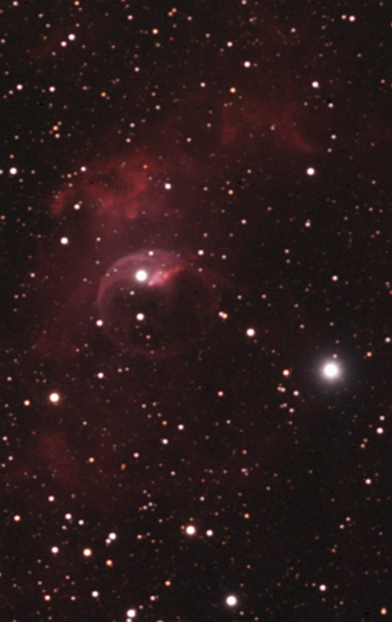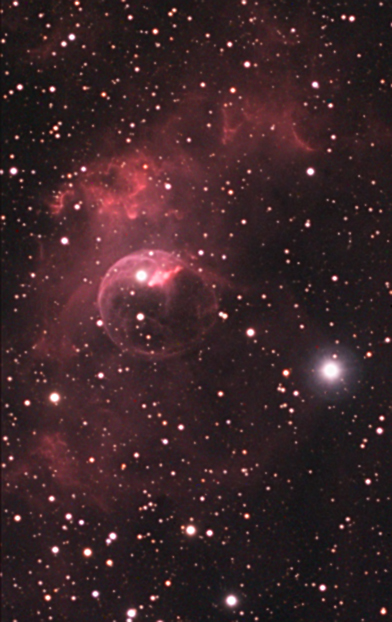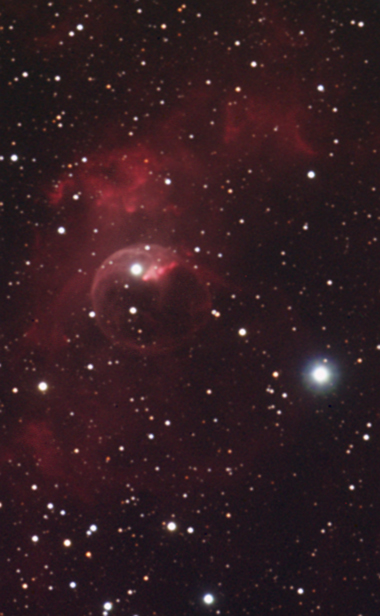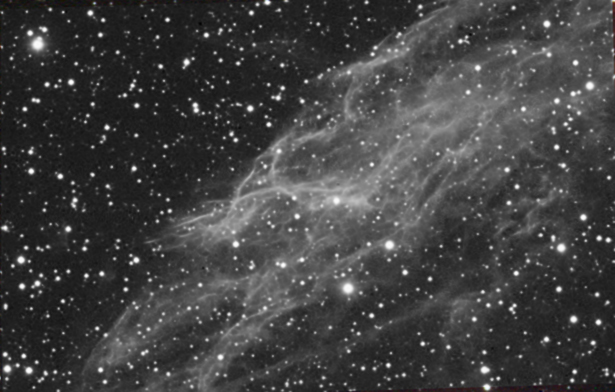
Luminance layer taken with the XM camera.
- Date - 11/14/2007
- Exposure - 6x10 minutes Bin 1x1
- CCD Temp -25C
- OTA - TMB130SS APO
- Custom Scientific clear filter
- 2" Baader UV/IR filter
- Image scale 1.68 arc seconds/pixel
- Processing - DDP & 2 passes of adaptive R/L deconvolution & Adobe N/R
- No hot or cold pixel repair.

- Only processing to the color layer was DDP.
- No hot or cold pixel repair.
- Notice some smaller stars with jagged edges.
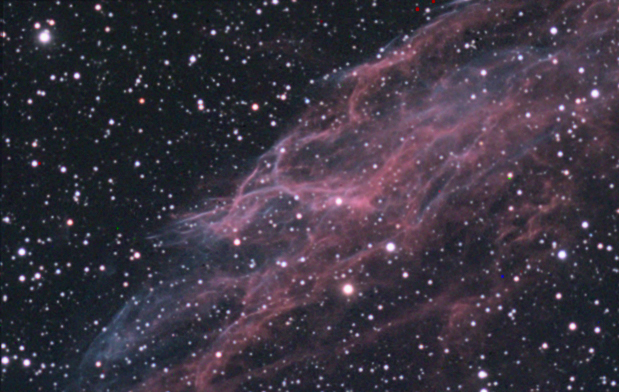
- No additional processing was performed.
- Star edges with jagged artifacts have improved or eliminated.
- The finer structure details have improved tremendously.
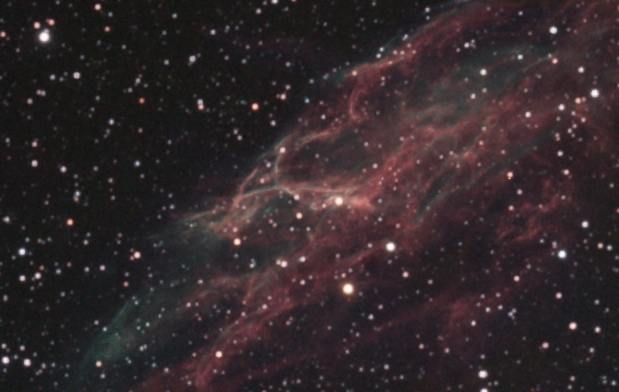
- Three hour image taken with the XCM.
- This image has undergone color processing with selective sharpening to the filament structures to match the XM version.
- Some jagged star edges can still be seen.
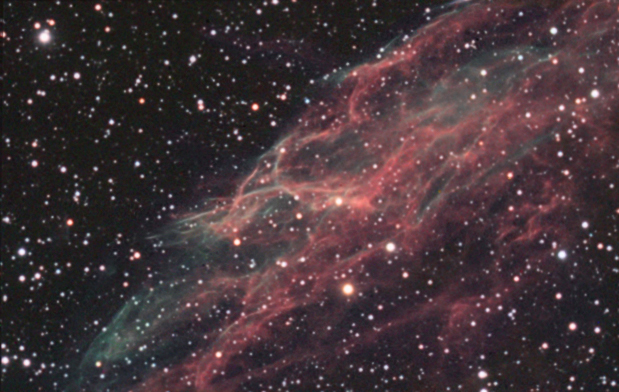
Same image above combined with the luminance layer from the XM.
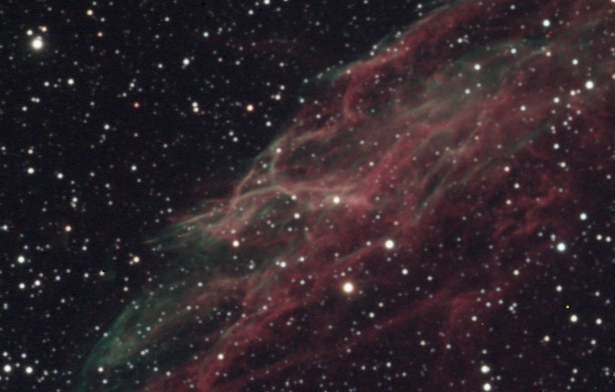
- Only processing was DDP.
- No hot or cold pixel repair.
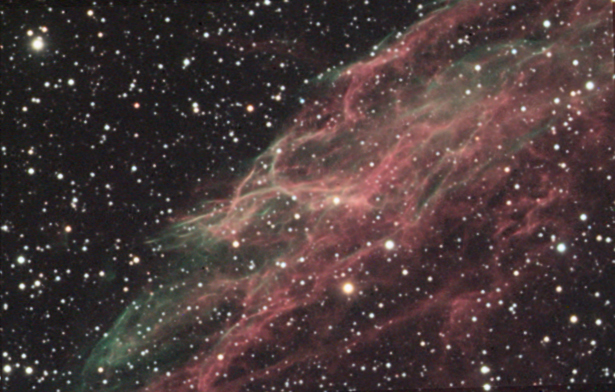
Same image above combined with the luminance layer from the XM.
Even a mono RGB image can use a boost from a Lum layer!
In this case it is commonly referred to as an LRGB image and it one of the benefits of using a mono camera.

